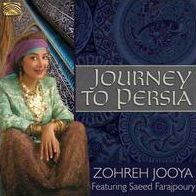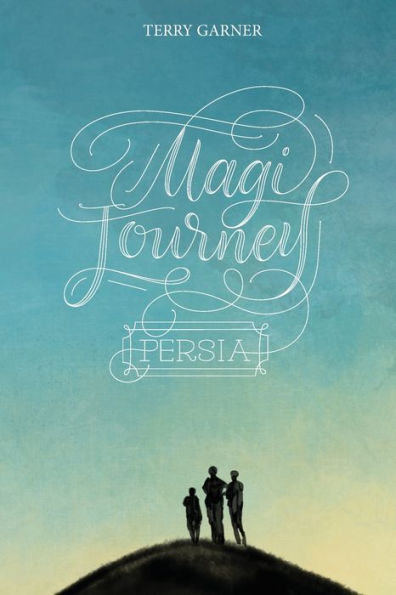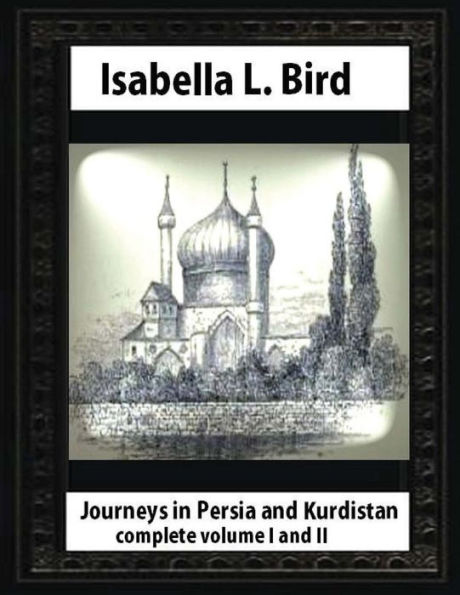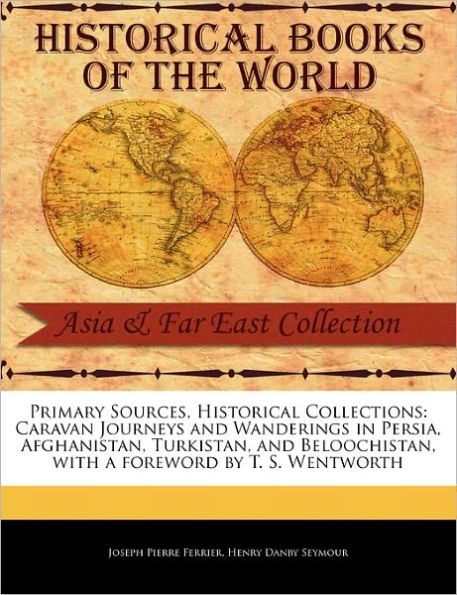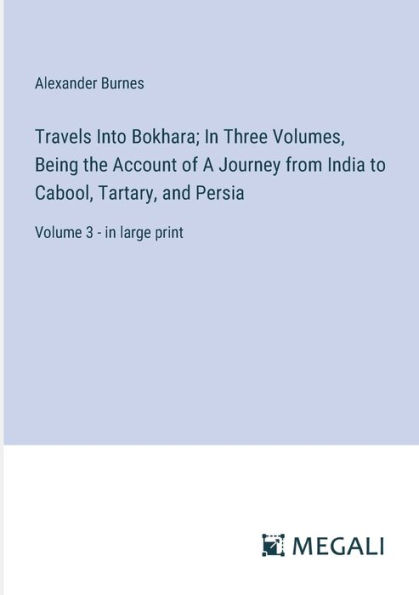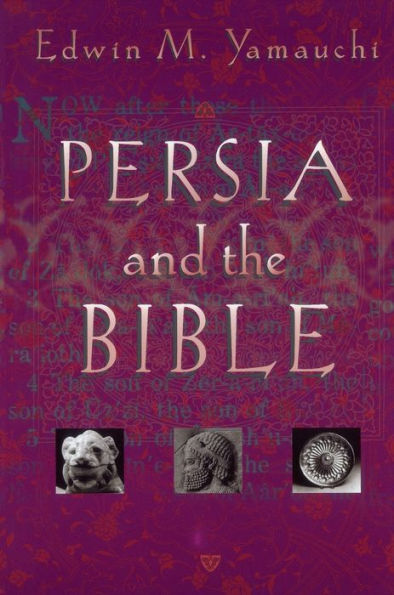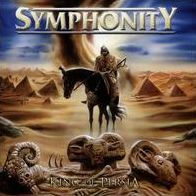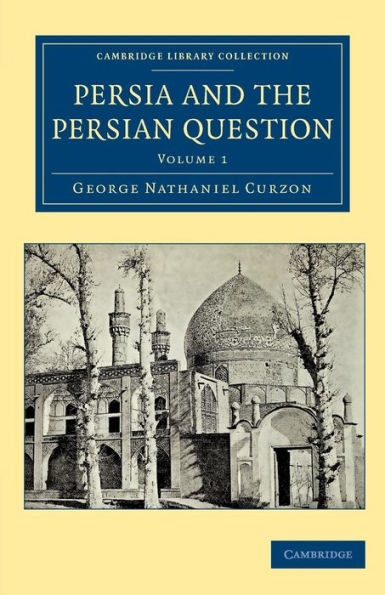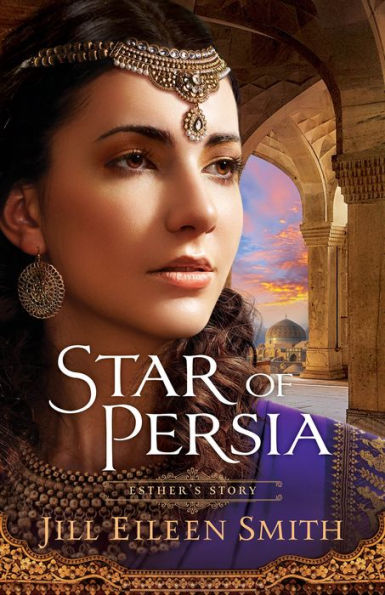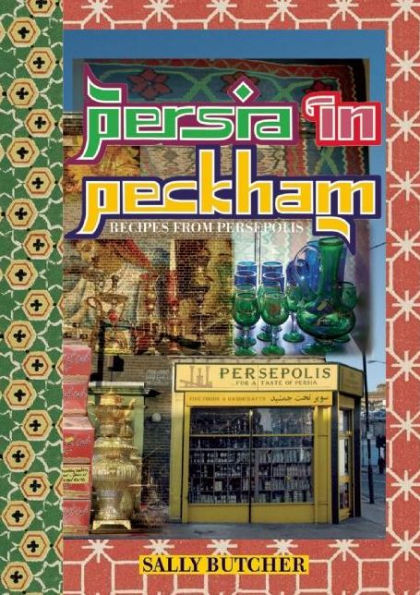Home
Journey To Persia
Barnes and Noble
Journey To Persia
Current price: $18.99
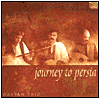

Barnes and Noble
Journey To Persia
Current price: $18.99
Size: OS
Loading Inventory...
*Product information may vary - to confirm product availability, pricing, shipping and return information please contact Barnes and Noble
From the
Dastan Ensemble
of Iranian musicians based around the non-Persian world comes
Journey to Persia
, an album of traditional Persian music based largely on the Mahur mode, but modulating a bit from one mode to another along the course of the pieces. The trio is made up of setar, barbat (similar to the oud), and tombak. The styles of playing are essentially traditional, based on Persian
classical
music before it was influenced by Arabic aesthetics (hence the use of the barbat rather than the oud). The players are all outstanding; though the tone of the barbat brings it to the clear forefront ahead of the setar, and the tombak provides accompaniment only as punctuation in many parts. The pieces come together quite well on the whole, though it can ramble for extended periods without any real direction before the
improvisation
becomes clear. It's an interesting sound, but perhaps a little extended and on an unclear course for the casual listener. A more explicit exploration of the
dastgah
modes might prove more informative (and perhaps even more enjoyable) for them. That said, the abilities of the artists here are undeniable, and deserve a listen by the ears of those already acquainted with the forms of Persian music. ~ Adam Greenberg
Dastan Ensemble
of Iranian musicians based around the non-Persian world comes
Journey to Persia
, an album of traditional Persian music based largely on the Mahur mode, but modulating a bit from one mode to another along the course of the pieces. The trio is made up of setar, barbat (similar to the oud), and tombak. The styles of playing are essentially traditional, based on Persian
classical
music before it was influenced by Arabic aesthetics (hence the use of the barbat rather than the oud). The players are all outstanding; though the tone of the barbat brings it to the clear forefront ahead of the setar, and the tombak provides accompaniment only as punctuation in many parts. The pieces come together quite well on the whole, though it can ramble for extended periods without any real direction before the
improvisation
becomes clear. It's an interesting sound, but perhaps a little extended and on an unclear course for the casual listener. A more explicit exploration of the
dastgah
modes might prove more informative (and perhaps even more enjoyable) for them. That said, the abilities of the artists here are undeniable, and deserve a listen by the ears of those already acquainted with the forms of Persian music. ~ Adam Greenberg
